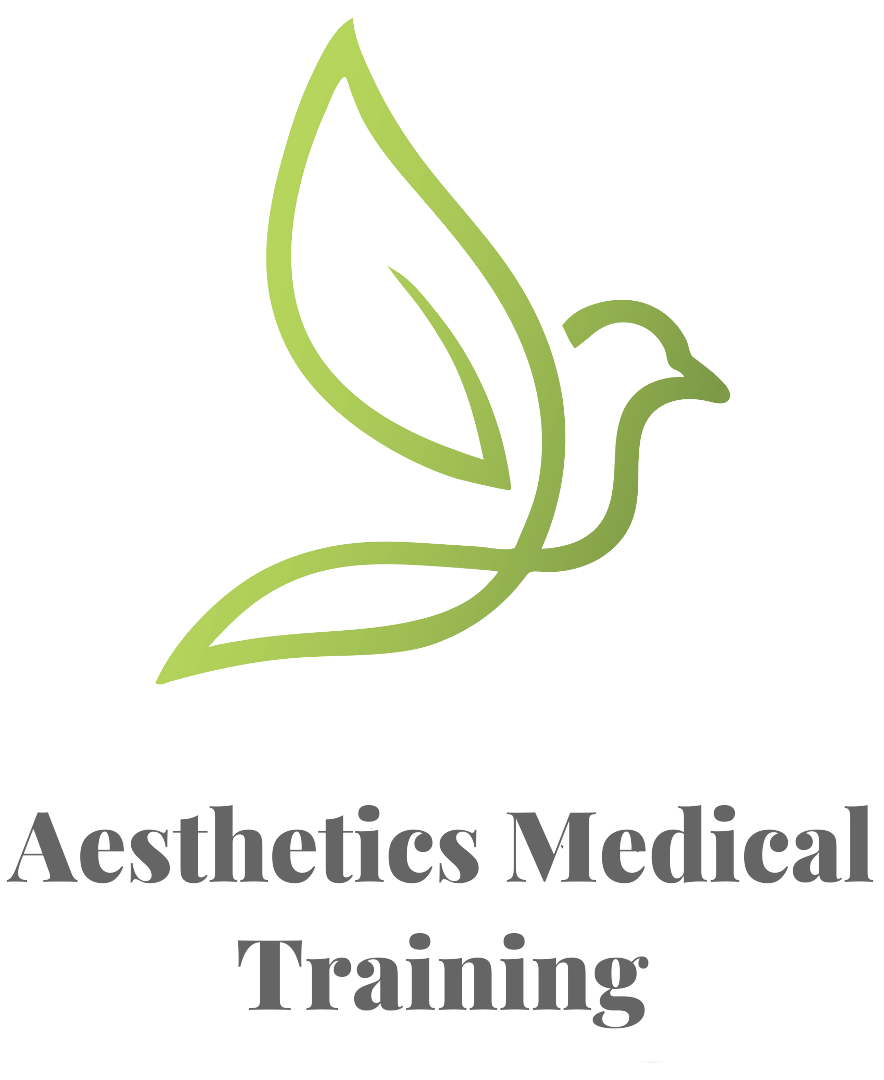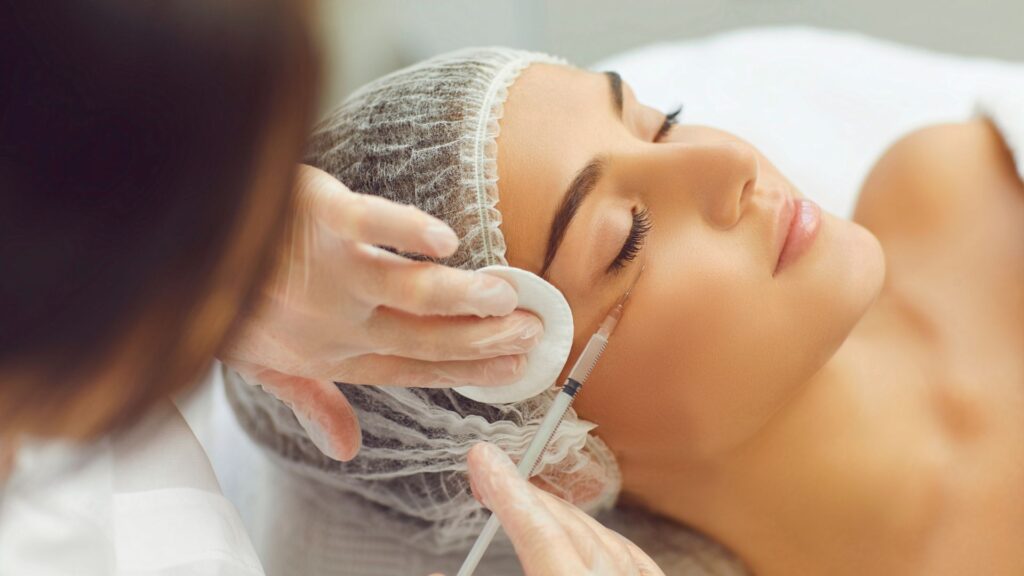Botox has become one of the most popular cosmetic treatments worldwide, known for its ability to smooth wrinkles and fine lines. However, as with any medical procedure, Botox injections require precision and expertise. When administered incorrectly, Botox can lead to unintended side effects, such as droopy eyelids, also known as eyelid ptosis after Botox. While this side effect is temporary, it can affect patient confidence and trust, making it crucial for practitioners to understand how to prevent and manage it.
In this article, we’ll explore how can Botox cause droopy eyelids, delve into the anatomy behind the issue, and provide actionable tips to avoid complications. You’ll also learn about strategies for managing droopy eyelid after Botox, including how to reverse droopy eyelid from Botox and considerations for patients with hooded eyelids after Botox.
What You’ll Learn:
- The science behind eyelid ptosis following botulinum toxin injections.
- How long does droopy eyelid last after Botox and ways to address it.
- Practical tips to prevent droopy eyelid after Botox and ensure patient satisfaction.
At Aesthetics Medical Training (AMT), we’re dedicated to helping practitioners deliver safe, effective treatments with confidence. Read on to ensure you’re prepared to address one of the most common complications of botulinum toxin treatments for fine lines and wrinkles.
How Can Botox Cause Droopy Eyelids?
Droopy eyelids, also called ptosis, can occur when the upper eyelid sags lower than normal, sometimes obstructing vision. In the context of Botox treatments, eyelid ptosis after Botox happens when the botulinum toxin affects unintended muscles around the eyes. While Botox is generally safe, it works by temporarily relaxing targeted facial muscles, which can sometimes lead to muscle weakness in areas like the levator palpebrae superioris, the muscle responsible for elevating the eyelid.
Eyelid ptosis botox cases are rare but can be concerning for both patients and practitioners. Understanding the anatomy and practicing precise injection techniques are critical to preventing this common side effect.
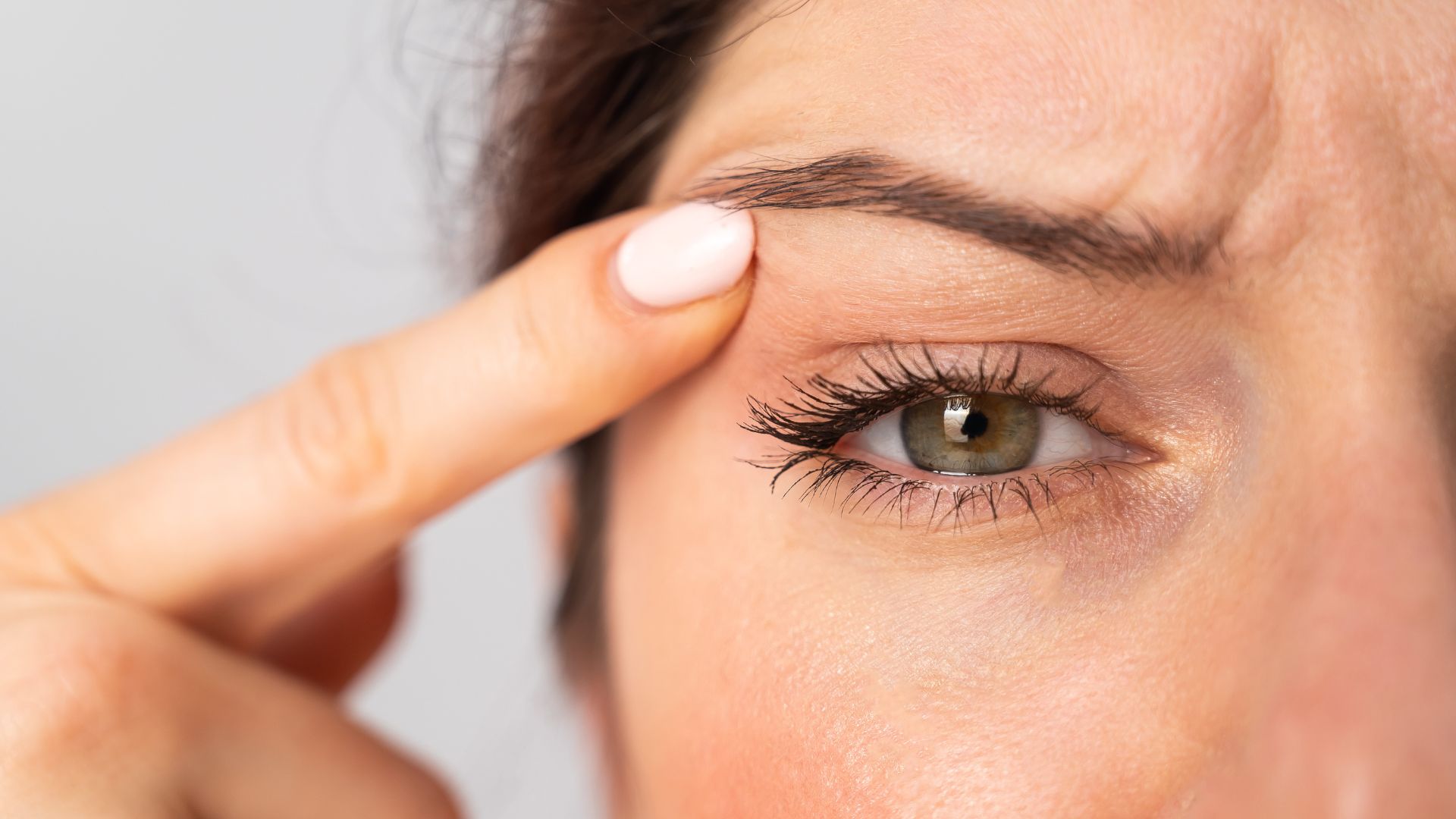
Common Causes of Droopy Eyelid After Botox
Several factors can contribute to eyelid droop following Botox treatments. These include:
- Improper Injection Placement
- Injecting Botox too close to the levator palpebrae or the eyebrow muscles can cause the toxin to spread, leading to unintended muscle weakness.
- Over-Relaxation of the Frontalis Muscle
- Excessive Botox in the frontalis muscle can weaken the muscle that lifts the brow, causing a droop that contributes to the appearance of drooping eyelids.
- Excessive Dosing
- Administering too much Botox in the forehead area can reduce the natural lift provided by these muscles, resulting in a heavier appearance around the upper eyelid.
Patient-Specific Factors
Some patients are more prone to droopy eyelids after Botox due to individual anatomy or health conditions:
- Pre-Existing Conditions
- Patients with hooded eyelids, naturally weak eyelid muscles, or prior eyelid surgery may be more susceptible to developing eyelid ptosis botox.
- Genetic Predispositions
- A family history of ptosis or other medical conditions affecting facial muscles can increase risk.
- Lifestyle Factors and Medical History
- Rubbing or massaging the treatment area post-injection can cause the toxin to migrate, leading to eyelid droop happening unexpectedly.
Improper injection techniques account for the majority of eyelid droop cases. A study found that eyelid ptosis occurred in 5.4% of treatments performed by inexperienced injectors, compared to less than 1% among experienced professionals. The research focused on Botox injections in the glabellar and brow areas, highlighting the importance of skill and expertise in achieving safe, effective results.
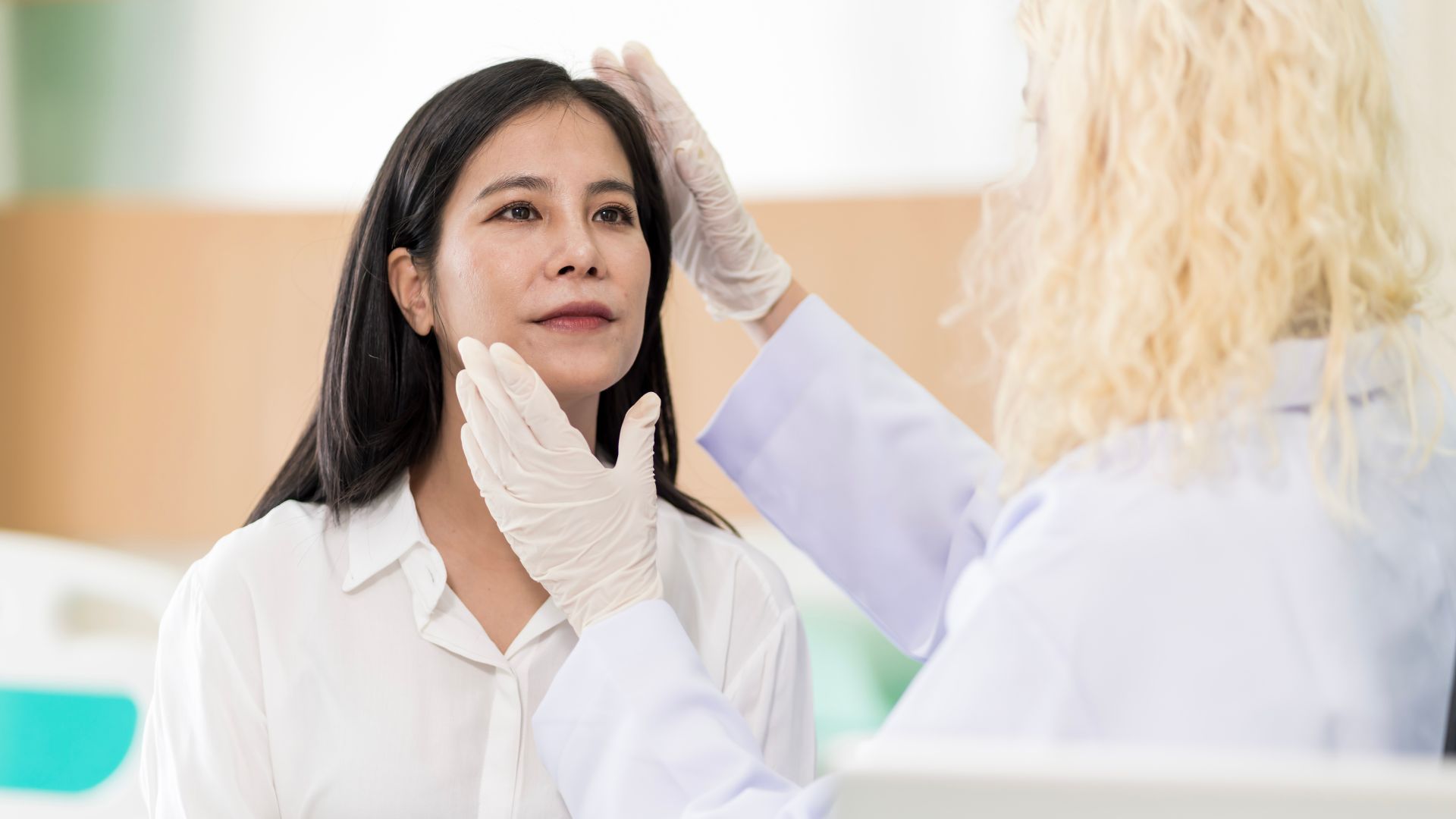
Tips for Preventing Eyelid Droop: Best Practices for Practitioners
Preventing eyelid ptosis after Botox is all about mastering technique, understanding anatomy, and maintaining clear communication with patients. By following these best practices, you can minimize the risk of droopy eyelid after Botox and enhance patient satisfaction.
Mastering Botulinum Toxin Injection Techniques
Understanding facial anatomy is crucial for safe and effective Botox administration. Improper placement can lead to eyelid ptosis or other unwanted side effects.
- Understand Key Muscles
- The levator palpebrae superioris is responsible for elevating the eyelid. Avoid injecting Botox near this muscle to prevent unintended muscle weakness.
- Maintain Safe Distances
- When treating the forehead or frown lines, keep injections at least 1 cm above the orbital rim to reduce the risk of migration into the eyelid muscles.
- Inject Precisely
- Use small amounts in targeted areas to avoid spreading the botulinum toxin to muscles that cause eyelid droop.
Additional Reading: You might also want to take a look at Mastering Botox Injection Technique: Tips for Every Aesthetic Professional.
Proper Dosing to Avoid Eyelid Ptosis After Botox
Tailored dosing is essential to achieving natural-looking results while minimizing risks.
- Assess Individual Needs
- Start with a conservative dose, especially for first-time patients or those with hooded eyelids after Botox.
- Avoid Over-Treating the Frontalis
- Weakening the frontalis muscle too much can cause the brow to droop, leading to a heavier upper eyelid appearance.
- Balance Aesthetics and Functionality
- Aim for a subtle relaxation of the crow’s feet and forehead muscles while maintaining enough lift for the brows and eyelids.
Patient Assessment and Communication
Setting realistic expectations and identifying risk factors can prevent surprises post-treatment.
- Thorough Consultations
- Screen for pre-existing conditions like ptosis or previous eyelid surgery that may increase the risk of complications.
- Discuss Potential Side Effects
- Explain how Botox injections work, including the rare possibility of eyelid ptosis botox, and reassure patients about temporary side effects.
Post-Treatment Tips for Patients
Patient aftercare plays a vital role in preventing issues like droopy eyelid after Botox.
- Avoid Rubbing or Lying Down
- Advise patients not to rub their face or lie down for at least 4 hours after treatment to prevent toxin migration.
- Skip Vigorous Activities
- Activities like exercise or heavy lifting immediately post-treatment can increase the risk of spreading the botulinum toxin type to unintended areas.
- Eye Drops for Immediate Help
- If needed, recommend apraclonidine eye drops to treat mild cases of eyelid droop while the effects wear off.
Preventing complications like droopy eyelid after Botox is all about skill, precision, and clear communication. By mastering facial anatomy, tailoring your technique to each patient, and providing thoughtful aftercare instructions, you can minimize risks and deliver exceptional results.
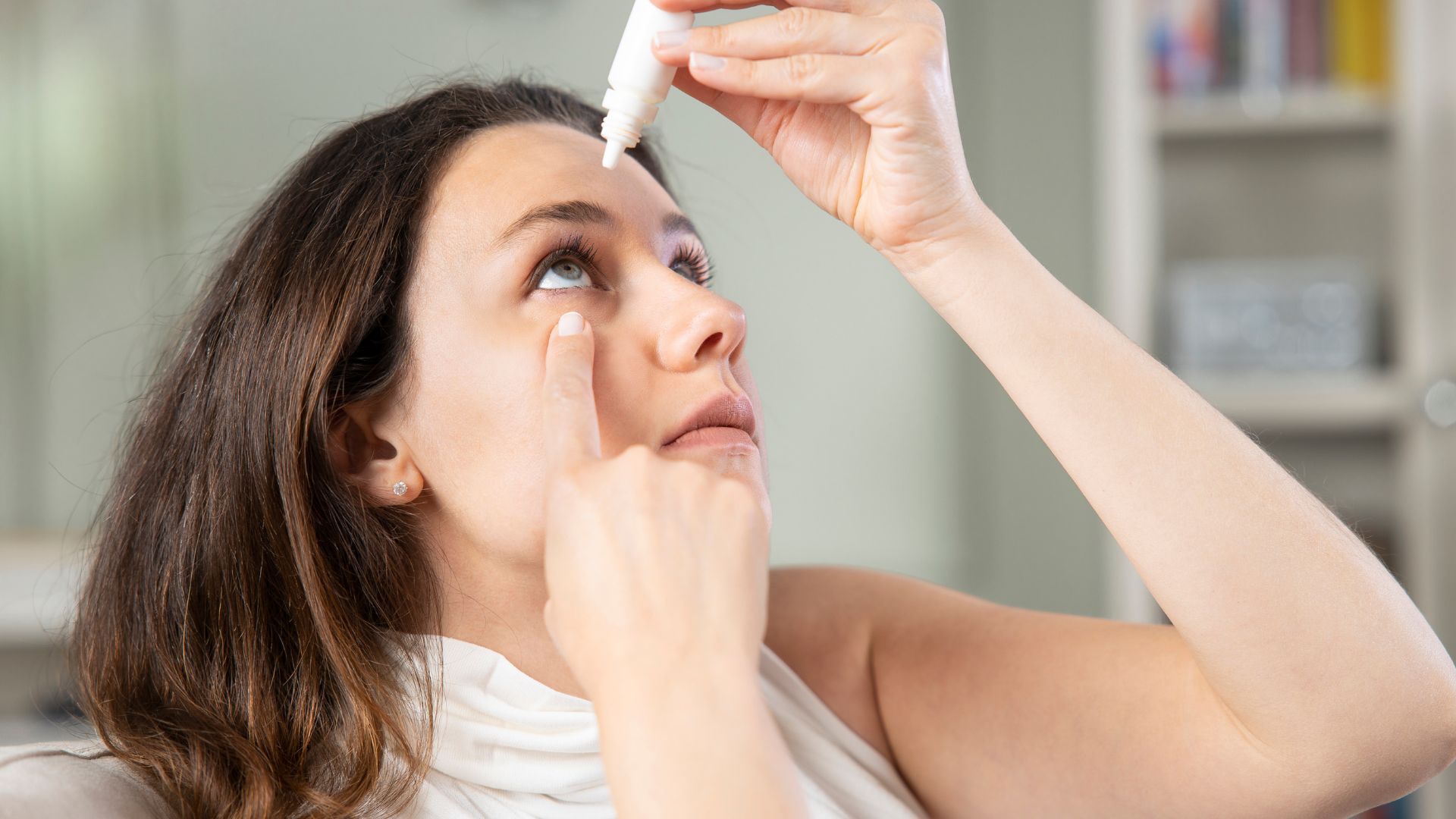
How Long Does Droopy Eyelid Last After Botox?
If you’re wondering how long does droopy eyelid last after Botox, the good news is that it’s almost always temporary. When Botox causes eyelid ptosis, it typically resolves within 4 to 6 weeks as the neurotoxin wears off and the affected muscles regain their strength.
It’s important to note that, in rare cases, ptosis may last longer if higher doses of Botox were administered or if the patient’s metabolism is slower than average.
Factors Affecting Eyelid Droop Recovery Time
The duration of eyelid ptosis after Botox can vary based on:
- Dosage and Placement
- Higher doses or injections placed too close to the levator palpebrae can increase the risk and length of eyelid droop.
- Patient Metabolism
- Individuals with faster metabolisms may experience shorter Botox effects, while slower metabolisms could prolong droopy eye symptoms.
- Pre-Existing Conditions
- Patients with hooded eyelids after Botox or pre-existing eyelid muscle weakness may take longer to recover.
- Injection Technique
- Improper injection techniques, such as targeting the glabellar area too deeply, can increase the risk of spreading the toxin.
Additional Reading: Looking to specialize in dermal filler injections? You’ll want to read Under Eye Fillers 101: What Every Aesthetic Practitioner Needs to Know.
Tips for Reassuring Patients
Managing patient concerns is critical when dealing with a droopy eyelid. To provide support:
- Set Expectations Early
- Explain before treatment that eyelid ptosis botox is rare and typically resolves on its own within 4-6 weeks.
- Discuss Temporary Solutions
- Mention treatment options like apraclonidine eye drops, which can temporarily elevate the eyelid by stimulating the Müller’s muscle.
- Stay Positive
- Reassure patients that Botox is a generally safe cosmetic procedure and emphasize that side effects are reversible.
- Follow-Up Care
- Schedule follow-ups to monitor progress and adjust future treatment plans to avoid recurrence.
By addressing concerns with empathy and expertise, practitioners can maintain patient trust and ensure positive outcomes.
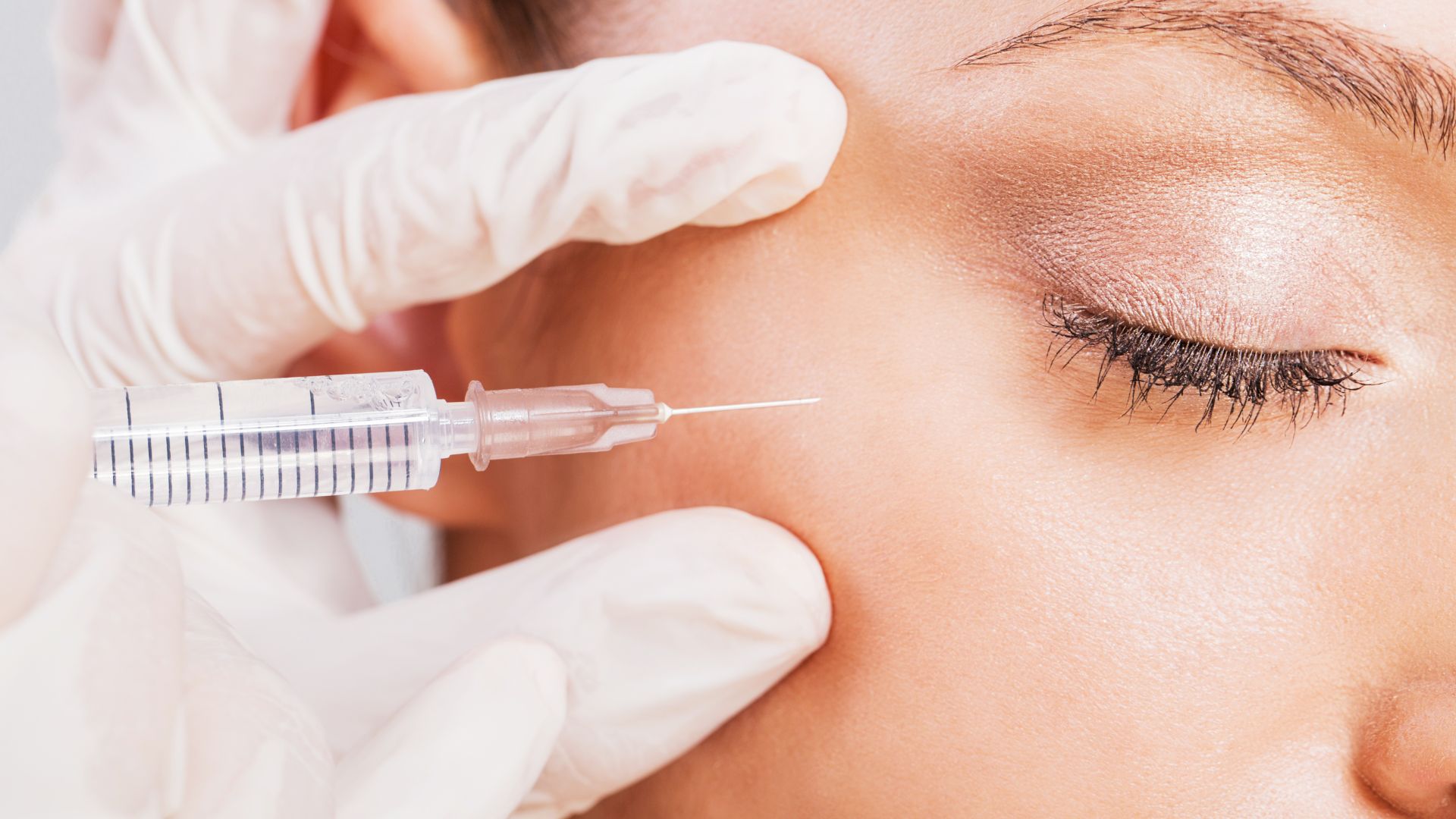
How to Reverse Droopy Eyelid from Botox Injection
While droopy eyelid after Botox is a rare side effect, it can be distressing for both patients and practitioners. The good news is that this condition is temporary and there are effective strategies to manage and reverse it. Here’s how to handle eyelid ptosis after Botox with confidence and care.
Immediate Steps to Treat Eyelid Droop
- Use Apraclonidine Eye Drops
- Apraclonidine is a fast-acting solution that temporarily lifts the eyelid by stimulating the Müller’s muscle, which helps elevate the upper eyelid.
- Recommend one to two drops, used up to three times a day, to improve the appearance of the affected eye while waiting for the neurotoxin to wear off.
- According to a study in Dermatology Online Journal, apraclonidine has shown significant success in reducing the visibility of eyelid ptosis botox.
- Provide Clear Instructions
- Ensure patients understand how to apply the drops safely to avoid irritation or overuse.
Massage and Muscle Stimulation
- Suggest gentle massage around the treatment area to stimulate blood flow and encourage faster metabolism of the botulinum toxin.
- Light facial muscle exercises, such as frowning or raising the eyebrows, can help re-engage weakened muscles.
- It’s important to note that patients should avoid aggressive rubbing or touching the area, as this can worsen eyelid droop.
Adjusting Future Botox Treatments
- Document the Incident
- Keep detailed notes on the Botox injection site, dosage, and technique to avoid similar issues in future treatments.
- Tailor Treatment Plans
- For patients with hooded eyelids after Botox or other high-risk factors, use lower doses and adjust injection sites to prevent causing eyelid drooping again.
- Open Communication
- Reassure patients that Botox is one of the most popular cosmetic procedures, with a high safety record, and emphasize that adjustments can prevent future complications.
Additional Reading: You might also want to read Can an LPN Do Botox? Discover the Path to Certification.
When to Seek Expert Help for Eyelid Ptosis
- If eyelid ptosis after Botox persists beyond 6 weeks, consult with a senior practitioner or specialist for guidance.
- Complex cases may benefit from referral to an ophthalmologist or dermatologist experienced in injecting botulinum toxin for advice on advanced treatment options.
By addressing concerns promptly and refining your technique, you can maintain trust and deliver the high-quality results patients expect from a cosmetic procedure.
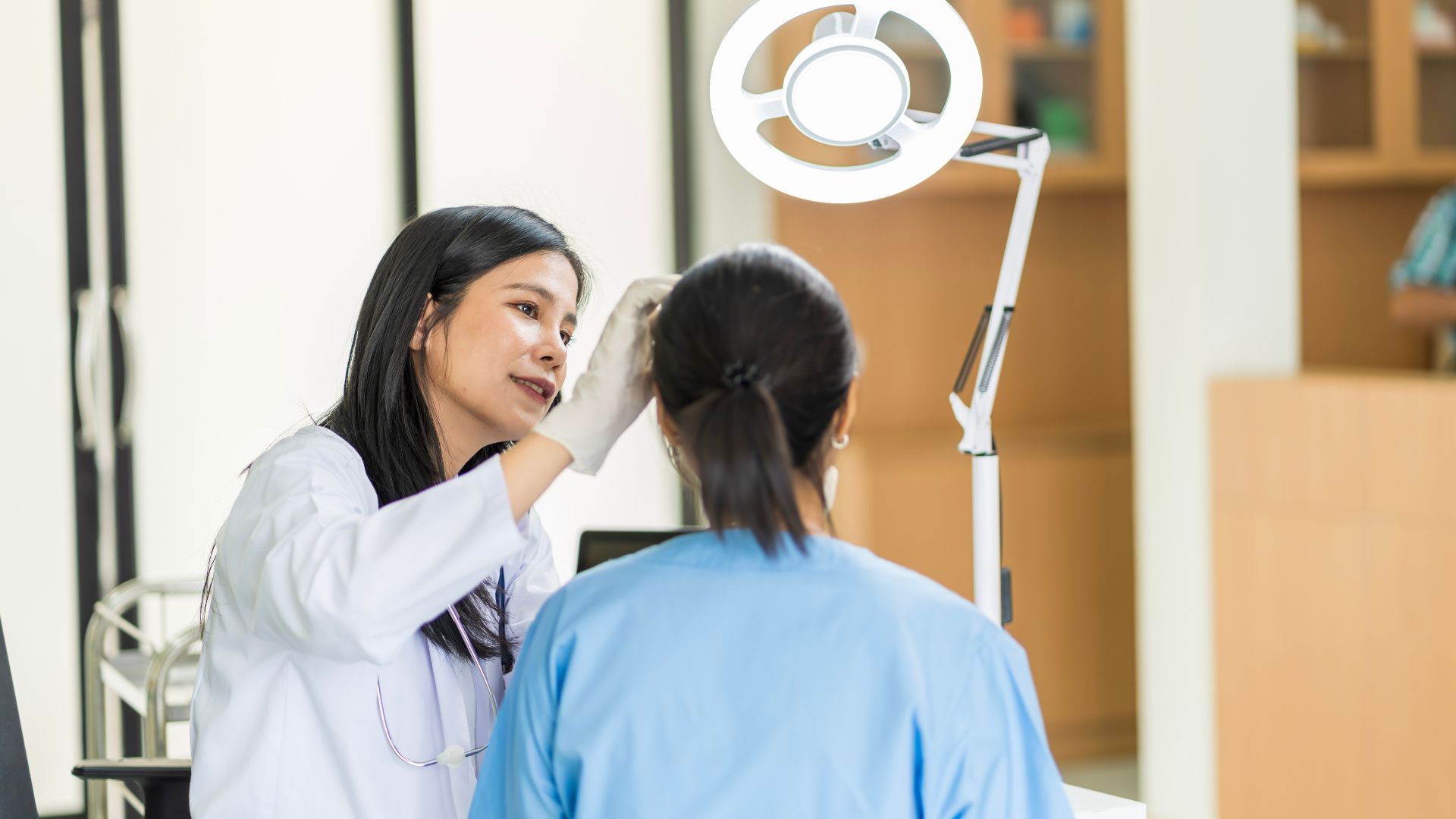
Educational Excellence at Aesthetics Medical Training (AMT)
Proper training is the key to preventing complications like droopy eyelids and hooded eyes after Botox treatments. Understanding facial anatomy, mastering injection techniques, and staying updated on the latest advancements empower practitioners to deliver safe, effective results.
Additional Reading: Discover how to become a Botox injector in Fine Lines to Fine Careers: How to Become a Botox Injector.
At Aesthetics Medical Training, we offer hands-on and virtual Botox treatment classes tailored for all experience levels. From advanced injection techniques to communication strategies for addressing concerns like frown lines or crow’s feet, our courses cover it all. We can help you become an aesthetic nurse!
Contact Us Today!
Aesthetics Medical Training is committed to helping you excel and get the certification you need to be a professional cosmetic nurse. Explore our courses and join a thriving community of skilled professionals today! Get in touch!
